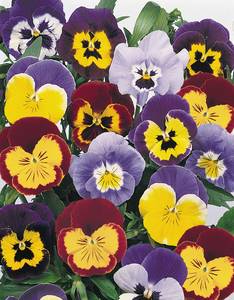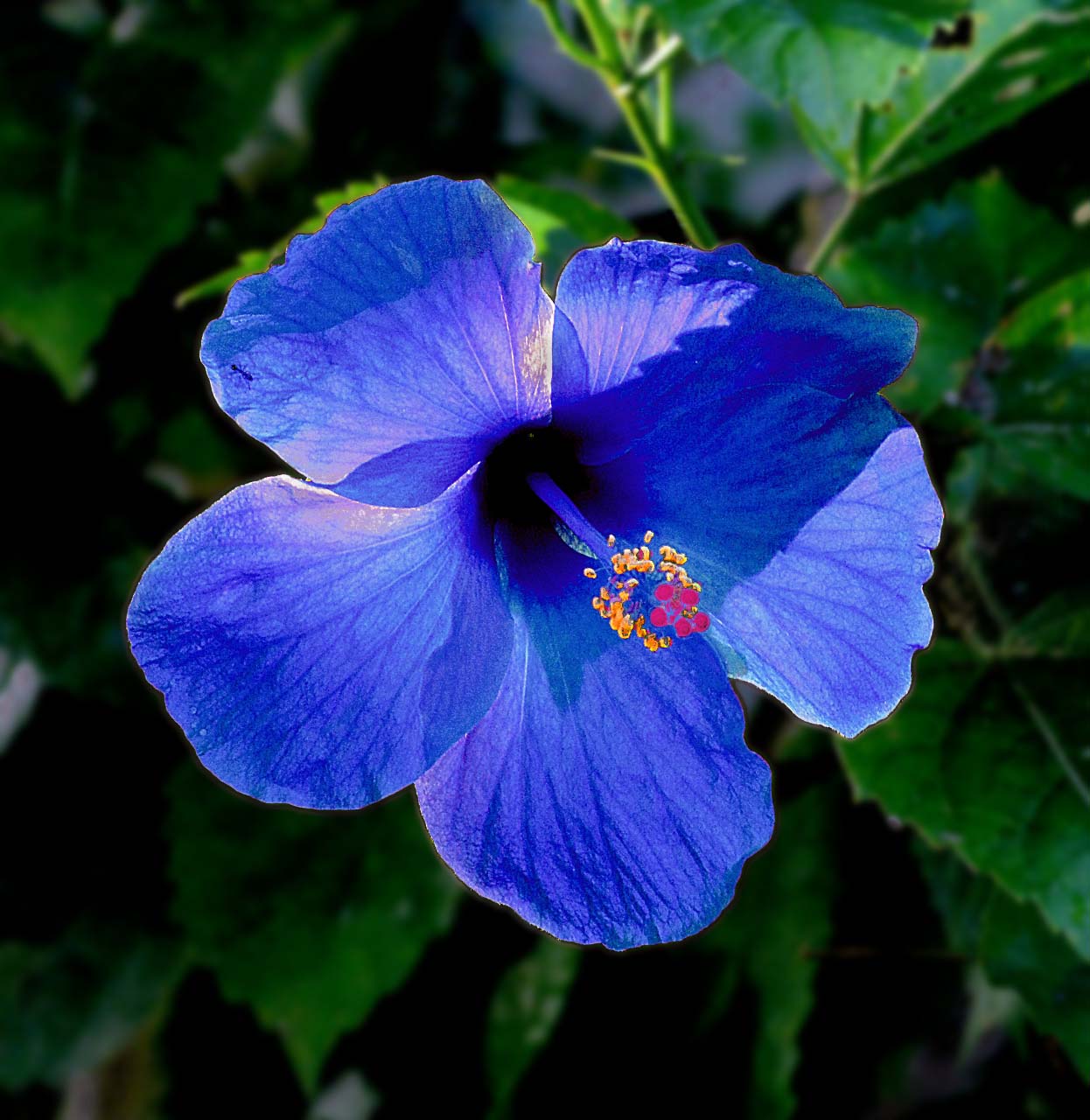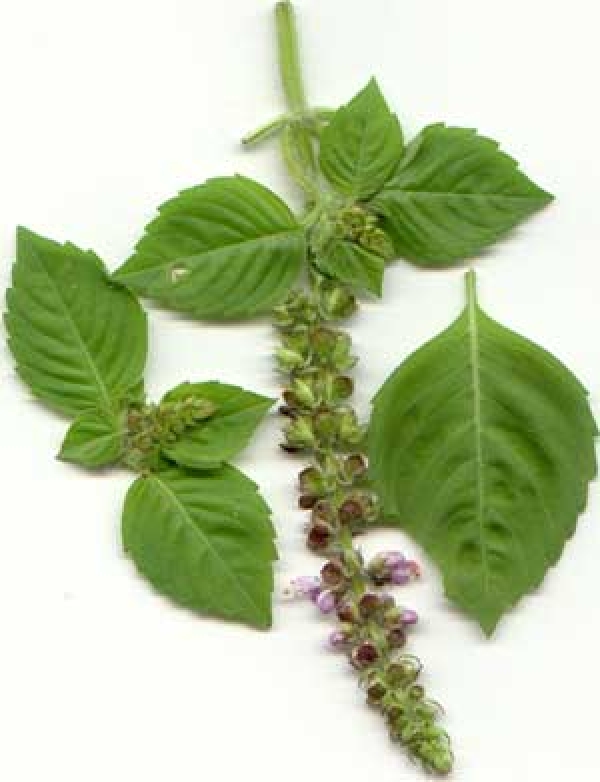Soil that is rich in organic material is ideal. Basil flourishes in full sun and while it requires regular watering, good drainage is essential. The seed needs warmth to germinate so is best sown in spring when temperatures are on the rise although it can also be started off in autumn before temperatures drop and then grown under plastic/glass for the winter.
Once you have some mature plants, these can also be increased by propagating from cuttings. Basil should not require additional fertiliser if the soil is correctly prepared prior to sowing the seed. Nip out the central growing shoots when the plants are four to six inches high, this encourages them to bush out and produce more of their deliciously aromatic leaves. Keeping the strongest plants for seed production is always, as long as the seed was not hybrid, a good idea. You need to shop around for seed and perhaps, especially if opting for an ?unusual? variety, import it yourself.
Q: Is there any species of perennial viola, a fragrant one, which can be grown in Lahore?

A: I am delighted to say that there is! Viola odorata is the answer. Grow it in partial shade, keep watered and you will be magnificently rewarded.
Q: For the past few years I am unable to make my Nerine bowdenii flower. I am growing it in medium-size plastic pots. It does grow leaves but does not go dormant at all. I think that it should go dormant before the monsoon and then flower in August/September. Any tips?

A: The plant needs to have a rest in order to build up enough energy to flower: Going on and on producing leaves uses all its strength up. I would suggest giving it a hand by withholding water for at least six weeks before the arrival of the monsoon and then let nature take over.
Q: I?m into growing flowers at my place outside Lahore. I want to grow something which is not a run-of-the-mill commodity. Any ideas?

A: If these are to be used as cut flowers then I suggest the following: Venidium, platycodon, rudbeckia, inula, ismelia, bracteantha and please don?t overlook dahlias as there are literally hundreds of beautiful varieties and they all, especially the long-stemmed ones, make excellent cut flowers.
Q: I am planning on growing some tall trees around my house in Quetta and am thinking of coconuts or some other type of palm. Kindly tell me if I can do this and, if so, then what it is the best time to plant them. If this is not possible then please suggest a suitable species.
A: Coconuts are not suitable for Quetta and, aside from date palms, I strongly suggest that you avoid any kind of palm at all as they are liable to suffer frost damage in the winter. I realise that you want something tall and graceful but it really makes more sense, given the prevailing economic conditions, to grow something productive like a selection of fruit trees to give you fresh produce over as long a period as possible.

Q: Can blue hibiscus be grown successfully in Lahore ? I haven?t seen them here. There are two most common species with blue flowers Alyogyne huegelli and Hibiscus syriacus. Can these be grown in Lahore from seed and do they require the same care as wild hibiscus?
A: I suspect that you mean Hibiscus huegelli not Alyogyne. H. huegelli, the Australian satin hibiscus with gorgeous lavender coloured flowers and Hibiscus syriacus should both be fine as long as good growing conditions are provided. They are very different in their requirements to wild hibiscus. Give them well drained, sandy soil with lots of humus worked in and grow in full sun. Take care that the seedlings do not damp off.
Source: The Dawn, InpaperMagzine
Published on: 10/25/2012

